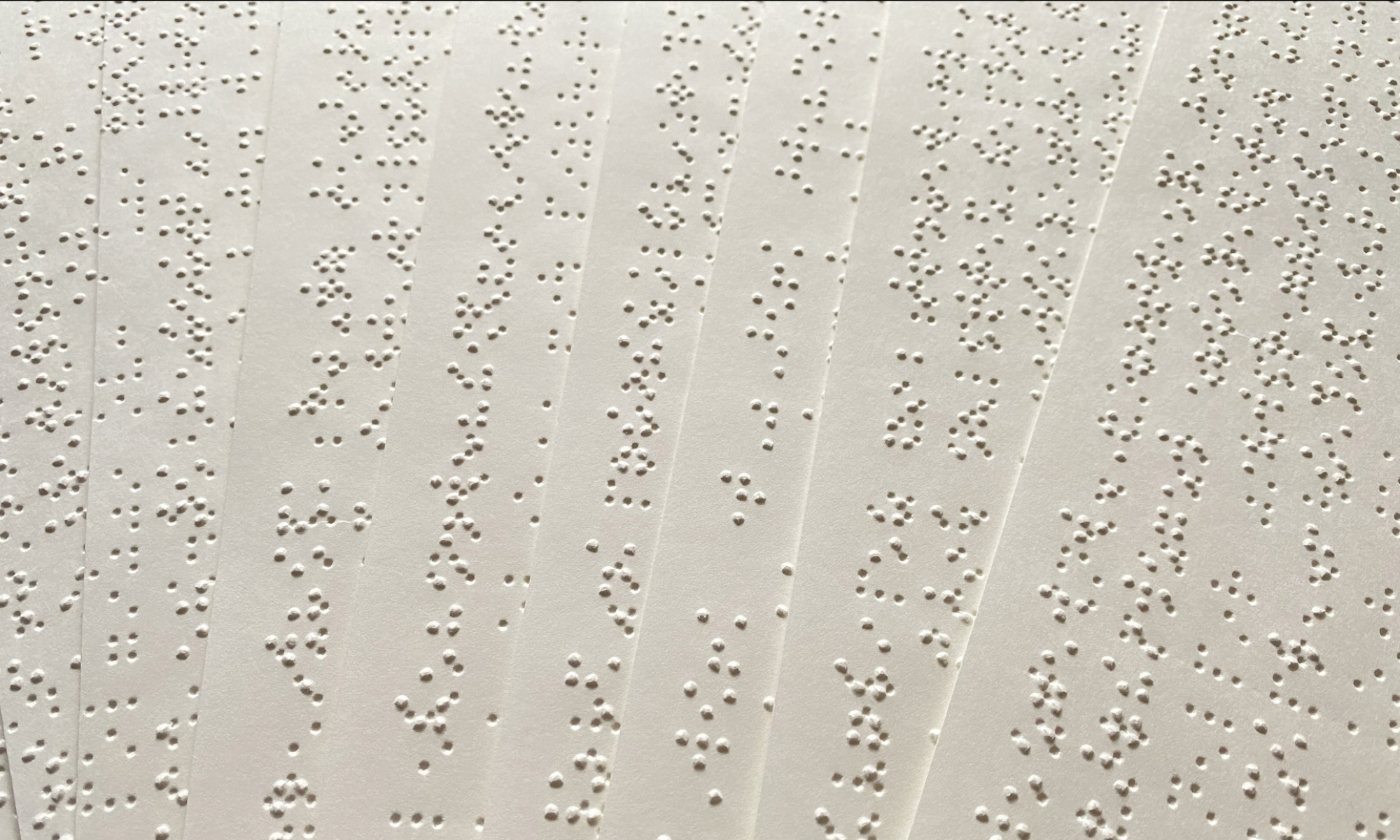This week, I visited LAMP, finished developing and testing some of the backend algorithms, and started working on the design report with my teammates. The software work I did this week is all on the github: https://github.com/joshna-ii/digibraille
I finished the webscraping algorithm for directionsforme.org and most of the database creating algorithm. The webscraping algorithm uses beautiful soup to identify the different components on the website such as ingredients and nutritional facts as well as makes tables look nicer. The database creation algorithm take these different parts and puts it in a csv that maps keywords to the title of these recipes.

My next step will be to run the database creation algorithm for all of the webpages and not just my test cases which will take about a day.
In the meantime, I am working on an algorithm that extracts information based on the keywords in the product searched. It will go through any word in the product search that is not generic such as if, and, or, not, yet, the etc. and keep track of a list of recipe titles returned. It will present these recipes in order of highest count (number of keywords that showed the recipe) back to the user so they can click on it and print it (please see Zeynep’s wireframe to see the user’s perspective). It will then take back the user’s query and use another dictionary that maps recipe titles to recipes to confirm before sending it to translation.py which will make the translations. The main_backend.py and the webapp.py files currently handle user interactions and calling functions from the different files.
In order to make this more efficient, I am converting this csv file output to a dict at the beginning of webapp.py using csv reader. Additionally, I will implement a function that stores the most recent searches in an array structure similarly to a cache. The most recent searches will be kept in a dict mapping 100 product searches (20 for testing) and the function will go through this dict before the much larger one for efficiency.
This week, I also went to LAMP which is a library for disabled people to learn more about braille and how people interact with it. I was able to talk to a visually impaired librarian and she showed me the ways she interacts with her phone and the only other technology which sees seen people use which she referred to as an ereader (very similar to our initial idea for this capstone project). She confirmed that a website would be just as easy to access as an app if people can use something like siri to open the website so we need to make sure that the domain is something clear such as digitalbraille.com because if I ask siri to open digitaltracking.com then she has no problem but if I ask her to open directionsforme.org then she gets confused. She also taught me about the difference between contracted and uncontracted braille and gave me pamphlets to learn. This lead to us deciding that we should have an option for contracted and uncontracted braille and they will be two separate functions implemented in my translation.py file. She also told me that they have an advisory group and a newsletter to reach people who are blind so our plan is to finish the bulk of the UI in the next week or so to see if they have any comments on how to make it as accessible as possible and also figure out things like if the default should be uncontracted or contracted braille.
Based on what I learned, I started working on the translation functions in translation.py. I finished creating dictionaries for the alphabet, numbers, and the majority of special characters since the majority of the uncontracted braille is 1:1 mapping. However, there are still some things to consider like capital letters and numbers and what comes before and after them so I also started those conditions in the for loop. I also started designing my plan for the contracted braille algorithm since it will be a lot more complicated to make it efficient. I am thinking of implementing an algorithm that goes through each character in the string and finds matching points in a word that are keys in a dictionary mapping things like “sh” to its braille character. It will look something like this:

I am currently on track with the goals I have set. I was able to spend the appropriate time on all the backend algorithms I have in place but haven’t been able to spend as much time as I wished on hosting our website on the raspberry pi. My plan for this week is to get the raspberry pi running enough for us to test with the LAMP advisory group, run the database creation algorithm for directionsforme.org to completion, finish the database extraction algorithm, finish the cache for recent searches algorithm, finish the uncontracted braille translation algorithm, start working on a webscraping and database algorithm for another product directions website, and start the contracted braille algorithm to the point of it working for a few contractions.
